-
 play_arrow
play_arrow
AircheckRadio Aircheck Radio
-
 play_arrow
play_arrow
Quid pro bros Vox
-
 play_arrow
play_arrow
Miami-Fort Lauderdale Barry Wright
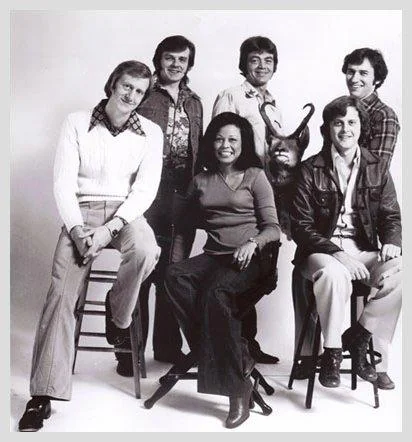 Pull up a chair, grab a coffee (or a slice of deep dish, if you’re into that sort of thing), and let’s talk about WLS-AM. For those of you too young to remember the glory days of Top 40 radio in Chicago, WLS was the “Rock of Chicago” for over two decades starting in the 1960s. It had legendary DJs, unforgettable stunts, and a format that many people turned to for their daily dose of new music. Today, we’re going to dive into the history of WLS, how it came to dominate Chicago radio, and why it holds a special place in the hearts of anyone who ever tuned in to 890 AM. Ready to rock and roll?
Pull up a chair, grab a coffee (or a slice of deep dish, if you’re into that sort of thing), and let’s talk about WLS-AM. For those of you too young to remember the glory days of Top 40 radio in Chicago, WLS was the “Rock of Chicago” for over two decades starting in the 1960s. It had legendary DJs, unforgettable stunts, and a format that many people turned to for their daily dose of new music. Today, we’re going to dive into the history of WLS, how it came to dominate Chicago radio, and why it holds a special place in the hearts of anyone who ever tuned in to 890 AM. Ready to rock and roll?
The Rise of a Chicago Legend
It was the early 1960s, and WLS-AM (890 AM) was already a big deal in Chicago, but it wasn’t until then did it become a cultural phenomenon. Owned by the American Broadcasting Company (ABC), the station officially flipped to Top 40 in 1960, and the excitement was palpable. Chicago was an energetic city, with a mix of high-energy music, soulful vibes, and old-school charm. Enter WLS. From the get-go, they branded themselves as “The Rock of Chicago,” and they were not kidding.
Chicago itself was the perfect setting for WLS’s Top 40 format. The city was alive with the sounds of Motown, British Invasion rock, and the beginnings of disco. WLS rode this wave, pumping out hits from The Beatles, The Rolling Stones, and Aretha Franklin, all while weaving in a healthy dose of local flavor.
Dick Biondi, the “Wild I-tralian,” was the early ‘60s voice of WLS, basically a radio Elvis. He had a booming voice, was shamelessly outrageous on air, and was simply entertaining. Biondi started with WLS in 1960, quickly becoming one of the station’s biggest stars on his evening shift. He pulled in ratings so high, rival stations had to reassign their traffic-reporting teams just to keep up with his listeners tuning in.
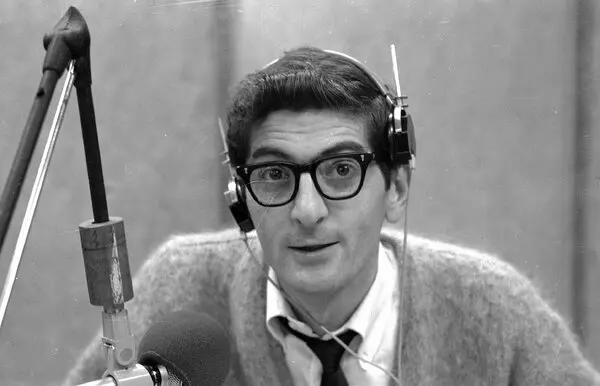 Dick Biondi was the kind of guy you’d want to introduce your grandma to—he was larger-than-life. His on-air antics included cranking up the volume on new records to maximum levels and screaming “Listen to this!” which was just genius marketing for new songs. One of his most famous bits was the “Pizza Song” song, an ode to Chicago’s favorite deep-dish pie. Listeners would call in to recite the lyrics, often laughing so hard they’d be in tears. Biondi’s fans still swear he was the first person in America to play The Beatles, cementing his legacy in rock ‘n’ roll history.
Dick Biondi was the kind of guy you’d want to introduce your grandma to—he was larger-than-life. His on-air antics included cranking up the volume on new records to maximum levels and screaming “Listen to this!” which was just genius marketing for new songs. One of his most famous bits was the “Pizza Song” song, an ode to Chicago’s favorite deep-dish pie. Listeners would call in to recite the lyrics, often laughing so hard they’d be in tears. Biondi’s fans still swear he was the first person in America to play The Beatles, cementing his legacy in rock ‘n’ roll history.
If Biondi was the early ‘60s king, then Larry Lujack was the late ‘60s and early ‘70s maestro. Known as “Superjock,” Lujack took the WLS torch and ran with it. His on-air personality was dry, sarcastic, and full of dark humor that no one but Chicagoans could fully appreciate. Lujack and his sidekick “Little Tommy” Edwards were masters of a segment called “Animal Stories.” Picture this: heartwarming tales of escaped livestock, misplaced zoo animals, or simply cows with an attitude problem. Lujack narrated these tales with such deadpan delivery, it was pure comedy gold. His sign-off, “This is Larry Lujack saying goodbye from the big 89, WLS,” would often reduce rush-hour commuters to tears.
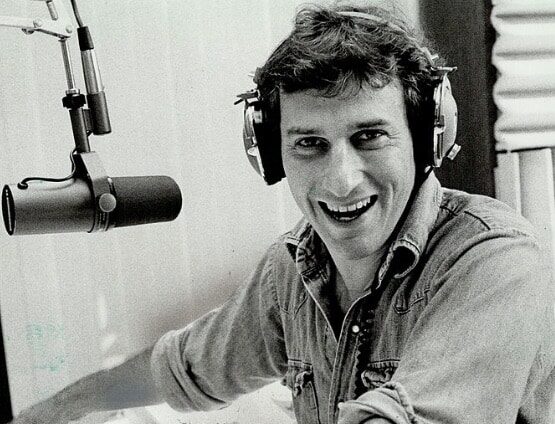 The good times rolled into the ‘70s with John Records Landecker. Landecker was a radio warrior, taking over the WLS morning shift with an energy most can only dream of. His signature move was a call-in segment dubbed “Boogie Check” where callers (often young kids) would shout out or ramble on for a few minutes, and he would just riff with them, joke with them, or even engage in a conversation if they so wanted. The guy was a hit machine, playing everything from Bruce Springsteen to Donna Summer back-to-back, creating seamless transitions that made it feel like one big party. Landecker would even use his show to break in case of an emergency or update during a snowstorm, when, for instance, the city shuts down and stays shut down for days. During one winter’s blizzard in 1973, he took calls from people stranded in their cars all night, making sure listeners that his station was keeping them company while they were otherwise going nowhere.
The good times rolled into the ‘70s with John Records Landecker. Landecker was a radio warrior, taking over the WLS morning shift with an energy most can only dream of. His signature move was a call-in segment dubbed “Boogie Check” where callers (often young kids) would shout out or ramble on for a few minutes, and he would just riff with them, joke with them, or even engage in a conversation if they so wanted. The guy was a hit machine, playing everything from Bruce Springsteen to Donna Summer back-to-back, creating seamless transitions that made it feel like one big party. Landecker would even use his show to break in case of an emergency or update during a snowstorm, when, for instance, the city shuts down and stays shut down for days. During one winter’s blizzard in 1973, he took calls from people stranded in their cars all night, making sure listeners that his station was keeping them company while they were otherwise going nowhere.
A Sibling Rivalry to Remember
Chicago radio in the ‘60s and ‘70s was a battlefield. WLS, WCFL (more on them later), WGN, WVON, you name it, and they were all fighting for supremacy in a media-rich city known for its music. WCFL, aka “Super CFL,” was a Top 40 station and WLS’s biggest rival, right up until they went all in on adult standards and talk shows at the end of the ‘70s. WVON (the Voice of the Negro) was a soul and R&B powerhouse, while WGN had an older audience with its talk and middle-of-the-road music.
WCFL was fun, but they tried so hard, from flashy promos and crazy giveaways to outrageous contests where they actually drove people to Vegas to see Elvis. Meanwhile, WVON and WGN both had solid followings, with WVON being particularly strong among Chicago’s Black community. However, WLS had a bit of an edge in terms of consistency and character. WCFL had to reinvent themselves more often than WLS did. Listeners of all ages, from teens to adults, tuned into WLS and stayed for the DJs, the music, and the weekly giveaways.
WLS also had a ton of killer promos that had listeners calling non-stop. Many of them were national events, like a Beatles concert or drive-in movie, and WLS being in the business of big-time Chicago radio and constantly found a way to get itself involved. It sponsored the Beatles’ first big Chicago concert at the International Amphitheatre in 1964. Beatlemaniacs were so worked up Biondi had to practically beat them down at the stage door to keep the peace and people were screaming so loud you couldn’t even hear the opening chords to “She Loves You.” WLS called the show from the stage, and those lucky enough to win tickets by calling in are still bragging about it in their X posts today.
WLS also did a regular countdown show called the Silver Dollar Survey that rivaled Billboard’s pop chart. The station printed up surveys (bright yellow pages with the WLS logo taking up half the paper) and handed them out at record stores. Every Friday was survey day, and millions of Chicagoans (myself included) gathered around our radios to listen as WLS’s DJs revealed the weekly Top 40 hits. You’d wait all week for your favorite song to make the list, or to see if it was the No. 1 song, which, by the way, was a David Cassidy song for two straight weeks in a row (I know, I know).
They also did some wacky promos, like a city-wide scavenger hunt to win a prize hidden somewhere in the city. The station would leave clues on air, and WLS-AM listeners would turn into amateur detectives, searching high and low for the next hint or where the money was hidden. The announcer for one station, a guy now in his 60s, even had an X post about how he and his friends spent an entire Saturday hunting down a clue in Grant Park, only to eventually find out the “treasure” was a pack of cigarettes stashed at a suburban mall. Total chaos, but it was WLS, and the kind of thing the station would do again and again.
Radio Wars: The “Battle of Chicago”
Chicago had a lot of stations back then, so WLS had to work hard to get their share of the pie. WCFL was their biggest rival, but there were also WVON, WGN, and more. WCFL was another Top 40 station and serious WLS-AM competitor, while WVON was a R&B and soul station (later owned by a Black-owned station group that was called the Chicago Defender). WGN was talky and their music format was old and stuffy, but still good enough to be in WLS’s crosshairs. WCFL was a fun station, and for a while, they tried to outdo WLS by ramping up their promos and giveaways, but it never worked.
Chicago was also a huge media market, so WLS had to contend with both radio and TV for the attention of listeners. It was a radio war zone, with stations from all over the dial taking shots at each other in one way or another. WCFL, the “Super CFL,” was another Top 40 station and WLS’s primary competitor. The “Super CFL” tried to go all-in on brash promos and wacky giveaways to try to one-up WLS, and by 1965, WCFL had an impressive 22% of the market, with WLS coming in a close second at 21%. WCFL also started playing around with the format a bit, for example, by playing fewer commercials to see if it would bring in more listeners, but WLS’s dedicated following wouldn’t budge.
As a listener, you had a lot of choices back then, but it was the personality-driven approach of WLS that made them stick around. The station had DJs who would go on to become legends, the station had catchy, popular jingles that were hits unto themselves, and the music was always current. WLS even won when it came to the signal: a powerful 50,000-watt AM transmitter blasting across the Midwest. On a clear night, they could be heard as far as Wisconsin, Indiana, and some parts of Michigan. Listeners in Iowa were hearing the same music as their cousins in Lincoln Park. The station had a massive reach and the DJs to match, and there’s no doubt that had a big impact.
WLS-AM was a Top 40 radio station, so you knew the station was going to play a heavy rotation of whatever song was charting across major music publications. In the early days of WLS, Chicago-area rock bands like the Cryan’ Shames or the Buckinghams could get WLS to play their record, and it would catapult them to the top of the national charts. It was one of those radio stunts that many local acts knew, and got WLS-AM requests on the regular.
In the ‘70s, the music would follow popular bands with a Chicago presence, like Styx and Cheap Trick, and the national charts would follow suit. WLS-AM would call those bands’ hits “pick hits” and that would be it: they’d be national hits. WLS also had a relationship with a company called MusicCorp, a promotions firm that artists and record labels would hire to get their song on the charts. The company would target select radio stations, including WLS, to request new music and add it to their playlists. To this day, the Billboard Hot 100 is still based on that model.
Songs became hits because WLS played them, so a promotional circuit of radio stations in different markets made up a new song’s national exposure. Stations like WLS and WCFL had a massive influence, and many acts today probably don’t fully realize that once upon a time, rock ‘n’ roll was not at all about viral videos, social media, or streaming, but radio DJs deciding what was hot. The same companies still do music promotions today, of course, but now they go through the work and expense of requesting radio play from a list of stations that they feel covers a cross-section of the public.
Fond Memories, Forever Echoes
I still have friends who turn to X to share their fond memories of WLS. As it turns out, many people did that very thing decades ago, too. For many of us, WLS was more than just a station; it was a vital thread in the tapestry of our lives. For the local part of it, DJs like Biondi, Lujack, and Landecker were not just voices on the radio; they were voices in our homes, in our cars, and even in our parents’ workplaces.
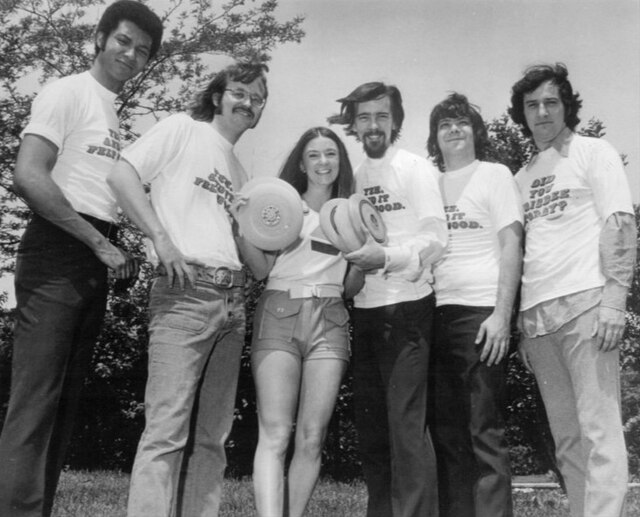 Kids would sneak radios under their bedsheets so they could stay up late and hear Biondi play “Twist and Shout” at midnight. Parents would listen to Lujack on the way to work, making a commute down Lake Shore Drive feel like a party. We sang along with the top-40 countdowns every Friday night like it was church and we were in the choir. WLS was there for us when the city was hurting after the riots in 1968, and it was there to celebrate with us in 1985 when the Bears made it to the Super Bowl.
Kids would sneak radios under their bedsheets so they could stay up late and hear Biondi play “Twist and Shout” at midnight. Parents would listen to Lujack on the way to work, making a commute down Lake Shore Drive feel like a party. We sang along with the top-40 countdowns every Friday night like it was church and we were in the choir. WLS was there for us when the city was hurting after the riots in 1968, and it was there to celebrate with us in 1985 when the Bears made it to the Super Bowl.
As I have aged, WLS is one of those things that make me get all misty-eyed. It’s a portal to a time when rock ‘n’ roll still ruled and DJs were important because they made the decisions that shaped the charts and careers. It’s a look back to the days when one station’s personality could define an entire city for a few brief hours each day. And it’s a reminder that no matter how much the media landscape changes, there’s something timeless about a good radio station with a little swagger.
As FM stations and album-oriented rock radio began to take hold in the late ‘70s, WLS and Top 40 radio started to fade a bit. In 1989, the station flipped to talk radio, and all that remained were the memories. The power of FM signal, the character-driven Top 40 format, and the massive reach of AM radio would never be the same. Sure, there are still plenty of high-energy, call-in morning shows out there, and if you ask around, you’ll probably hear that people love them, but none have the muscle of WLS back in the day.
WLS is still on the air today, it’s just not a Top 40 radio station. It runs infomercials at night and is one of those news/talk stations that all seem to sound the same. It’s a different world now, one where streaming reigns supreme, but there’s no denying the cultural impact WLS had in Chicago and beyond.
For a taste of what WLS was like, there’s always YouTube. WLS even has an official channel with decades of archived audio clips to share. These days, the WLS radio station is still around, but it’s just a shadow of the once mighty Chicago Top 40 giant that it once was. In the same way, many radio stations are half-stepping behind these days. The focus seems to be on music of the era instead of new songs, even while breaking up the traditional Top 40 format with talk segments. I’m a big fan of the XM radio channels and the kind of niche stations you don’t see otherwise. One is focused solely on the music of the movies of the ‘60s and ‘70s, and another is a Spotify-generated station based on The Police that I am currently obsessed with. But WLS-AM was the real deal. A personality-driven rock ‘n’ roll station that you could call into and be heard. A generation was raised on it, and in a world where media can now be fully customized to suit one’s taste, the concept of a city’s soundtrack is a bit foreign.
Written by: Barry Wright
89 WLS CHICAGO RADIO john Records Landecker LARRY LUJACK Yvonne Daniels
Similar posts
Most Liked Airchecks
Events
Support Aircheck Radio
Copyright 2025 Aircheck Radio is a proud listener supported 501(c)(3) nonprofit organization

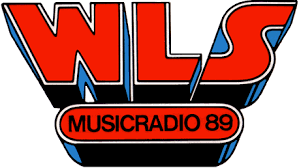
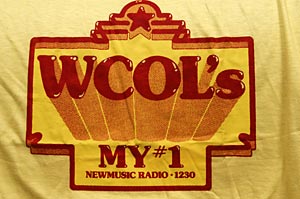
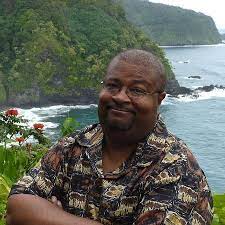

Post comments (0)